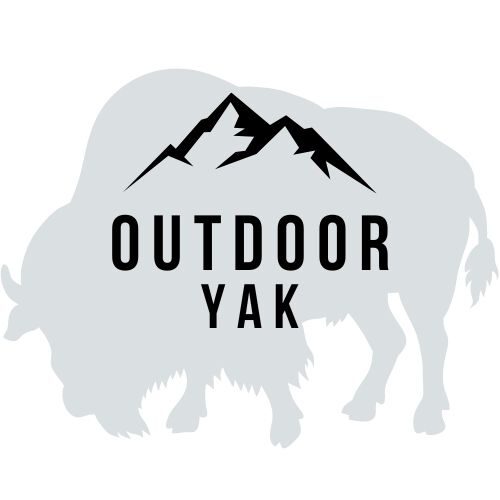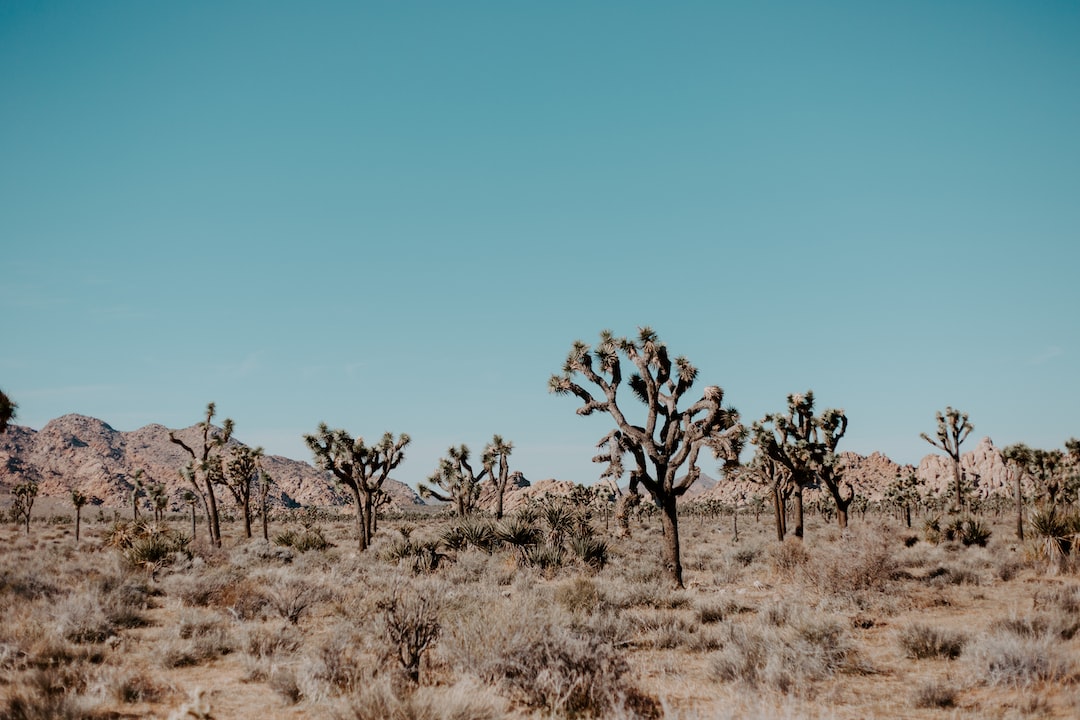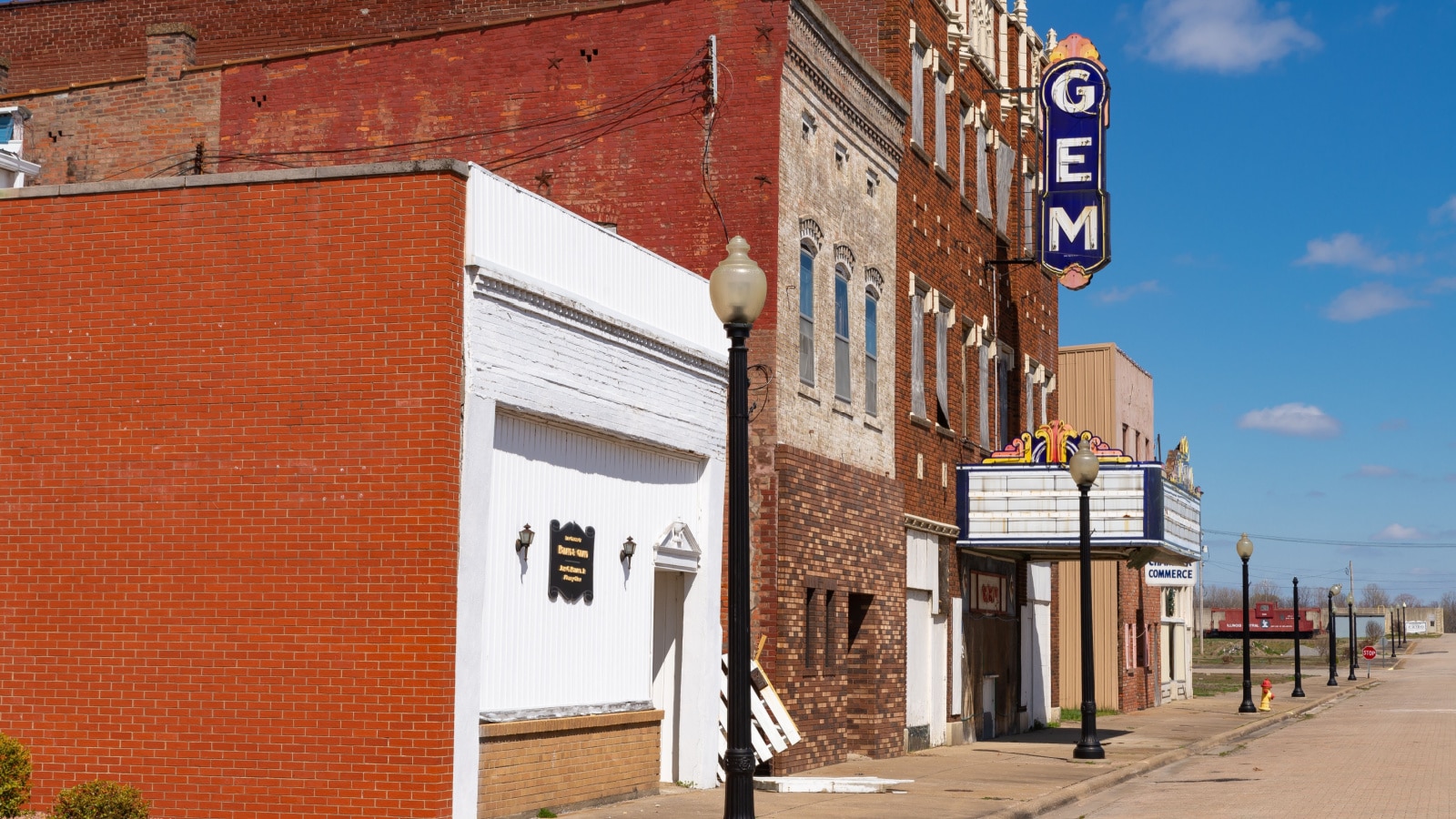The crisp air of the desert, the vastness of the landscape, and the iconic twisted trees of Joshua Tree National Park invite explorers and adventurers alike to uncover its beauty. Not only is this Southern California gem a haven for hikers, climbers, and stargazers, but it also provides an opportunity for free camping. Here’s a comprehensive guide to help you navigate free camping in Joshua Tree National Park, as well as tips and tricks to ensure an enjoyable experience.
Free camping in Joshua Tree National Park is possible at BLM (Bureau of Land Management) areas located just outside the park. The popular BLM spots are off Highway 62 and include the North and South Joshua Tree BLM areas. Camp at least 100 feet away from any water source, clean up after yourself, and adhere to Leave No Trace principles.
What Makes Joshua Tree a Great Camping Destination?
Joshua Tree National Park is unique for many reasons, including its awe-inspiring landscapes, fascinating ecology, and rich cultural history. And, of course, camping within this vast desert wilderness is one of the best ways to fully immerse yourself in all that it has to offer. Some highlights that make Joshua Tree an exceptional camping destination are:
Unique Geology and Landscape
The park spans over 1,200 square miles, enveloping parts of two deserts – the Mojave and the Colorado. As a result, visitors enjoy a diverse array of geological features, including granite rock formations, rolling fields of cacti, and fan palm oases – all punctuated by the park’s namesake Joshua trees. This diverse landscape provides endless opportunities for exploration and photography.
A Climber’s Paradise
Climbers of all skill levels flock to Joshua Tree to take advantage of the park’s world-famous rock formations. There are more than 8,000 climbing routes and 2,000 bouldering problems available. And, in my experience, the coarse texture of Joshua Tree’s granite provides excellent grip and footing for aspiring climbers.
Stargazing
With little to no light pollution, Joshua Tree’s remote location offers some of the best stargazing opportunities in Southern California. Visitors can gaze upon a blanket of stars, spot constellations, and even catch a glimpse of the Milky Way during moonless nights.
How Does Free Camping Work in the Park?
Backcountry Camping
While Joshua Tree National Park has several established campgrounds with an associated fee, those seeking a more remote and self-sufficient experience can find free camping options through backcountry camping. To camp in the backcountry, you must park at one of the designated backcountry registration boards, which are primarily located in more remote areas near hiking trails or other points of interest. After parking, you must hike at least one mile into the wilderness.
It is important to note that camping is allowed only in previously disturbed sites. During my visit to Joshua Tree, I found that the best way to determine if a site has been used before is to look for distinct signs of human activity, such as the remains of a campfire or flattened vegetation.
And, of course, do not forget to take the Leave No Trace principles to heart. Keep the beauty and fragility of the park in mind when setting up camp.
Dispersed Camping on BLM Land
An alternative free camping option is to look for dispersed camping opportunities just outside of Joshua Tree National Park. The Bureau of Land Management (BLM) manages land surrounding the park where free, dispersed camping is allowed. BLM lands typically have fewer amenities and are more remote, but they can provide a peaceful and secluded experience.
What Are the Joshua Tree Backcountry Boards?
Backcountry boards are essential for free camping in Joshua Tree National Park. These boards, which are positioned at various locations throughout the park, serve as starting points for backcountry camping. Visitors must leave their vehicles at these boards and hike at least a mile into the wilderness before setting up camp.
Moreover, you must fill out a backcountry registration form, available in boxes located near the boards. These handy little cards document your name, your vehicle’s license plate number, and the board you parked at.
Tips and Tricks for Free Camping in Joshua Tree National Park
To ensure the best possible experience while free camping in Joshua Tree National Park, keep these tips and tricks in mind:
1. Plan Your Trip Around the Best Weather Conditions
Joshua Tree can experience extreme weather conditions, with summer temperatures soaring well above 100°F (38°C) and winter nights dipping below freezing. The ideal time to visit the park is during the spring and fall months, when temperatures are more moderate, and the region’s flora is in full bloom.
2. Bring Plenty of Water
Water is scarce in Joshua Tree, and there are no water sources available in the park’s backcountry. Therefore, it is essential to bring enough water to sustain yourself throughout your trip. As a general rule, plan to carry a minimum of one gallon (3.8 liters) of water per person, per day.
3. Know Your Limits and Choose the Right Campsite
Backcountry camping in Joshua Tree can be a physically demanding experience, requiring a significant amount of hiking and preparedness. Before embarking on your trip, make sure you are comfortable with the necessary physical exertion and have assessed your abilities accurately. Additionally, ensure you have adequate navigation tools, as backcountry areas may not have well-marked trails.
4. Be Prepared for Wildlife Encounters
While the possibility of encountering dangerous wildlife is relatively low, it is essential to be prepared. Rattlesnakes, scorpions, and black widow spiders are among the critters you may come across in Joshua Tree’s backcountry. Familiarize yourself with these species and be cautious when moving around your campsite, especially at night.
5. Follow Leave No Trace Principles
Practicing Leave No Trace principles is critical when camping in Joshua Tree National Park. This includes disposing of waste properly, respecting wildlife, and leaving the area as you found it. Adhering to these guidelines not only preserves the park’s pristine landscape but also ensures that future visitors can experience its beauty as well.
Popular Locations for Free Camping Near Joshua Tree
While free camping within the park is primarily available through backcountry camping, there are several popular dispersed camping locations managed by the BLM just outside the park. These spots are perfect for those who would like to camp for free and still have easy access to Joshua Tree’s attractions.
1. North Joshua Tree BLM Dispersed Camping
Located just north of the park, this BLM area offers several free dispersed camping opportunities near the city of Twentynine Palms. The area has beautiful views and a higher elevation, making it cooler than the park itself during the summer months.
2. Sunfair Dry Lakebed
Situated east of the city of Joshua Tree, Sunfair Dry Lakebed is a large, flat area perfect for free camping. The site is easily accessible and within close proximity to Joshua Tree’s main entrance.
3. Ironage Road Dispersed Camping
Ironage Road is a BLM-managed area on the southern border of Joshua Tree National Park. This desert landscape offers a more remote camping experience surrounded by hills and valleys, and it is ideal for off-road enthusiasts who wish to explore the region in their vehicles.
Remember, when camping on BLM land or in Joshua Tree National Park’s backcountry, you must be self-sufficient and prepared. By keeping these tips and locations in mind, you can enjoy a memorable and budget-friendly adventure in the iconic landscapes of Joshua Tree.
Wildlife Spotting and Birdwatching Opportunities
One of the aspects that make Joshua Tree National Park so captivating is its diverse wildlife population, especially during the spring and fall months. As a vast desert, the park provides a unique habitat for resident species like desert bighorn sheep, black-tailed jackrabbits, and coyotes, as well as migratory birds including the Turkey Vulture and Greater Roadrunner. 
1. Birdwatching
When it comes to birdwatching, Joshua Tree National Park is home to more than 250 bird species. While the park’s dramatic landscapes and rock formations may overshadow birdwatching experiences, avid birders can find ample opportunities to observe species like the Phainopepla, Verdin, and Cactus Wren.
For optimal birdwatching experiences, consider visiting areas such as Cottonwood Spring, Barker Dam, or Oasis of Mara, where birds flock to access limited water resources.
2. Animal Spotting
The park’s unique landscape provides an ideal environment for desert-dwelling animals. While camping in Joshua Tree, you may come across roadrunners racing across sandy terrain, nocturnal kangaroo rats emerging from their burrows, or even the elusive desert tortoise. Keep a lookout for tracks and burrows, and maintain a safe distance from wildlife.
Remember to always respect the park’s fauna by not feeding or handling them, as it can cause harm to their natural behavior and the fragile desert ecosystem.
Exploring Nearby Attractions and Cultural Sites
The park’s rich cultural history and vast landscape outside of its borders offer visitors more activities and points of interest to explore. Here are a few nearby attractions and cultural sites worth checking out while camping in Joshua Tree National Park:
1. The Integratron
Located just outside of Joshua Tree National Park in the small town of Landers, the Integratron is a unique and fascinating sound chamber that provides visitors with a one-of-a-kind acoustic experience. The wooden structure was built in the 1950s based on the designs of engineer George Van Tassel and has become an essential stop for anyone visiting Joshua Tree.
2. Noah Purifoy’s Outdoor Desert Art Museum
A unique outdoor art museum, Noah Purifoy’s collection spreads across 10 acres near Joshua Tree. This stunning exhibit showcases a collection of large-scale sculptures and installations created from found objects and repurposed materials. The museum is free to visit, and you can spend hours wandering through the delightful and thought-provoking assemblages amidst the desert landscape.
3. Pioneertown
Created in 1946 as a live-in movie set, Pioneertown provides visitors with a step back in time to the Old West. Located just a short drive from Joshua Tree, this quirky town boasts original facades and constructed buildings that were utilized in various Western films and television shows. Pioneertown also offers shopping, dining, and even archery experiences for those looking to immerse themselves in the Wild West atmosphere.
In conclusion, free camping in Joshua Tree National Park offers an unparalleled opportunity to explore its unique landscapes and wildlife while staying on a budget. Utilize the tips and suggestions provided in this guide to make the most of your visit, and embrace the adventurous, remote nature of the park. Happy camping!





